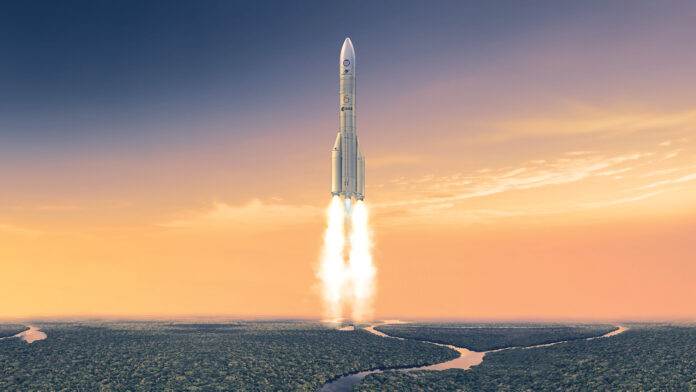NASA, Blue Origin’s first customer, has announced that the reusable New Glenn will finally launch in September, after years of delays.
Ariane 6 stands 62 metres tall, while the rocket is almost 100 metres tall. It will have the capacity to transport 45 tonnes into low Earth orbit and 13 tonnes into geostationary orbit.
Although the US startup led by Amazon billionaire Jeff Bezos is mum about its order book, it is anticipated that the rocket would assist in the rollout of Amazon’s Kuiper satellite internet system.
In January, the United Launch Alliance, a partnership between Boeing and Lockheed Martin, successfully launched its first Vulcan Centaur rocket.
It will take the place of the business’s reliable Atlas V and Delta IV rockets, which are the preferred institutional launch vehicles in the US.
With up to six boosters, the reusable engine rocket can carry over 15 tonnes into geostationary orbit and over 27 tonnes into low-Earth orbit.
In February, Japan’s new flagship H3 rocket took off for its first flight. It is capable of launching 6.5 tonnes into geostationary orbit with up to four rockets.
The fourth test flight of Russia’s ageing Proton rocket replacement, which was first launched in 2014, took place in April.
It has the capacity to transfer 24.5 tonnes into low Earth orbit and 5.4 tonnes into geostationary orbit.
Since 2016, China has conducted 12 launches of the Long March 5. In low Earth orbit, it can carry 25 tonnes, while in geostationary orbit, it can carry 14 tonnes.


































